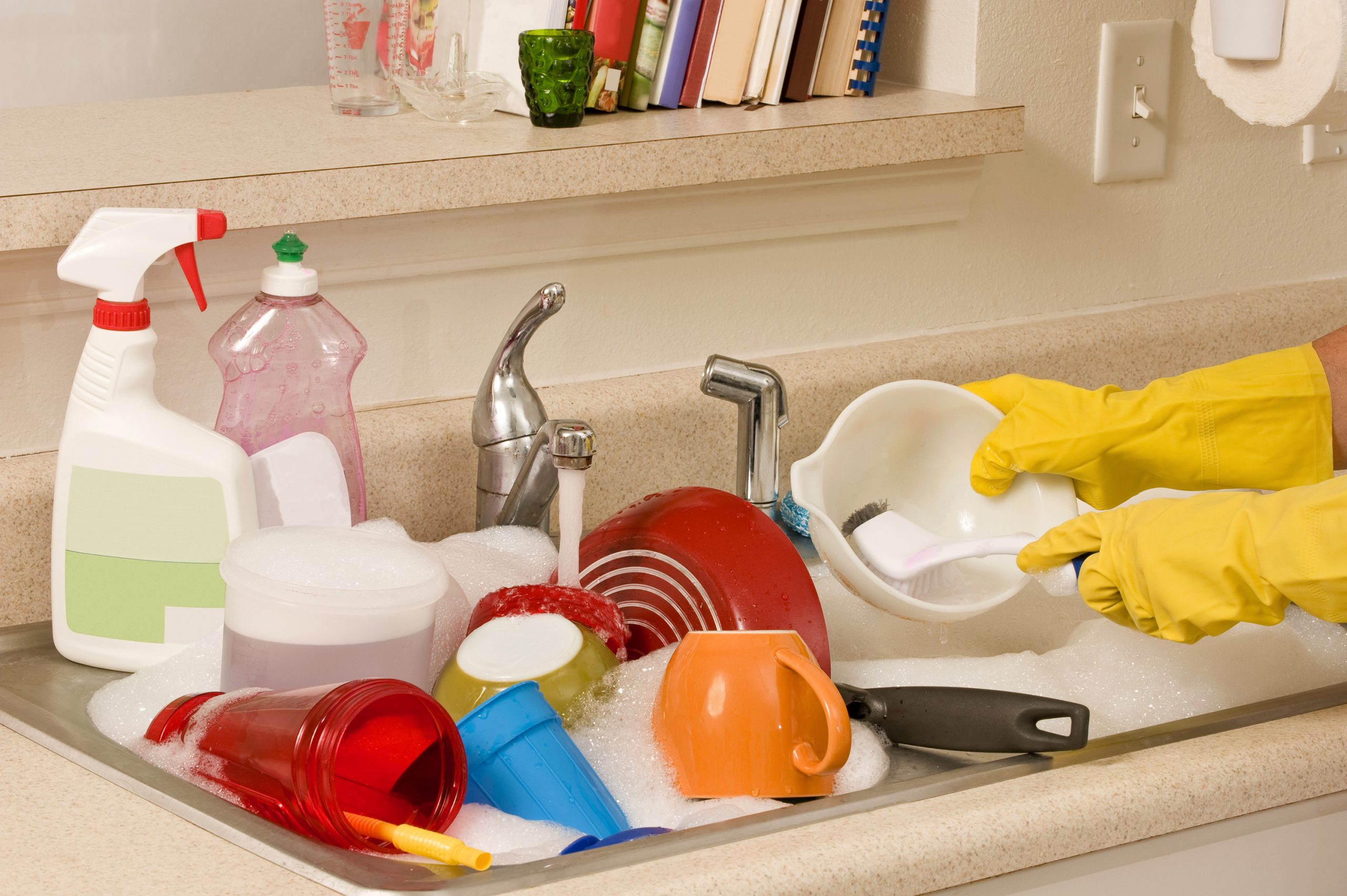Introduction to Cleaning for People with Disabilities
Cleaning is an essential part of maintaining a healthy and comfortable home, but it can be challenging for people with disabilities. Many traditional cleaning practices are not designed with accessibility in mind, which can make them difficult or even impossible for someone with mobility issues or other physical limitations. However, there are many ways that we can adapt our cleaning routines to ensure they are inclusive and accessible for everyone. In this post, we will explore some common barriers faced by people with disabilities when it comes to cleaning, as well as strategies for overcoming these obstacles.

Common Barriers in the Home and How to Overcome Them
One major challenge facing people with disabilities when it comes to cleaning is navigating spaces that are not wheelchair-friendly. For example, narrow hallways or doorways may prevent a person from maneuvering their chair into certain areas of the house. To overcome this issue, consider investing in equipment such as grab bars or handrails, which can help provide stability and support while moving around the space. Additionally, using a smaller vacuum cleaner or mop can also be helpful, as they take up less space and are easier to maneuver in tight quarters.
Another significant barrier faced by people with disabilities is accessing cleaning products and tools. If items are stored too high or low on shelves, it can be difficult for individuals who use wheelchairs or have limited mobility to reach them. One solution to this problem is to keep frequently used supplies within easy reach, either on countertops or in lower cabinets. You could also try installing pullout drawers or lazy susans, which allow you to easily access items without having to stretch or strain your body.
Inclusive Cleaning Products and Tools
When selecting cleaning products and tools, it’s important to choose ones that are safe and effective for all users. Look for products that are fragrance-free, non-toxic, and hypoallergenic, as these types of products are less likely to cause irritation or trigger allergies. Similarly, opt for tools that are lightweight and ergonomically designed, as these can reduce strain on joints and muscles. Some examples include microfiber cloths, soft-bristled brushes, and angled brooms.
Creating an Accessible Cleaning Routine
Finally, creating an accessible cleaning routine involves breaking down tasks into manageable steps and prioritizing safety and comfort. Consider starting with high-traffic areas like entryways and kitchen counters, and then working your way through the rest of the house. Take breaks as needed, and don’t hesitate to ask for assistance if necessary. Remember, the goal is to create a clean and welcoming environment that is accessible to everyone, regardless of their abilities.

Conclusion
By taking proactive measures to break down barriers in the home, we can ensure that cleaning practices are inclusive and accessible for people with disabilities. Whether it’s investing in specialized equipment, choosing appropriate cleaning products and tools, or modifying your cleaning routine, there are countless ways to make your home safer and more accommodating for everyone.
